Sumo Deadlift vs Conventional: The Differences Explained
The deadlift is a quintessential weightlifting exercise made famous for its capacity to train the entirety of the body at a high level of intensity. For lifters seeking muscular strength and power, it is a must-have in their program.
However, the deadlift exercise is most often divided into two variants; the sumo deadlift and the conventional deadlift - both of which serve their own individual purpose, leaving it to the lifter to decide on which to include.
To put it in a nutshell, the sumo deadlift and conventional deadlift mainly differ in terms of starting stance. The sumo deadlift features a wider stance with the arms placed between the legs, while the conventional deadlift uses a more narrow stance with the arms on the outside of the legs.
What is the Sumo Deadlift?
The sumo deadlift is a multi-joint compound exercise of high intensity, most often performed for the purposes of training the lower body at a high level of resistance.
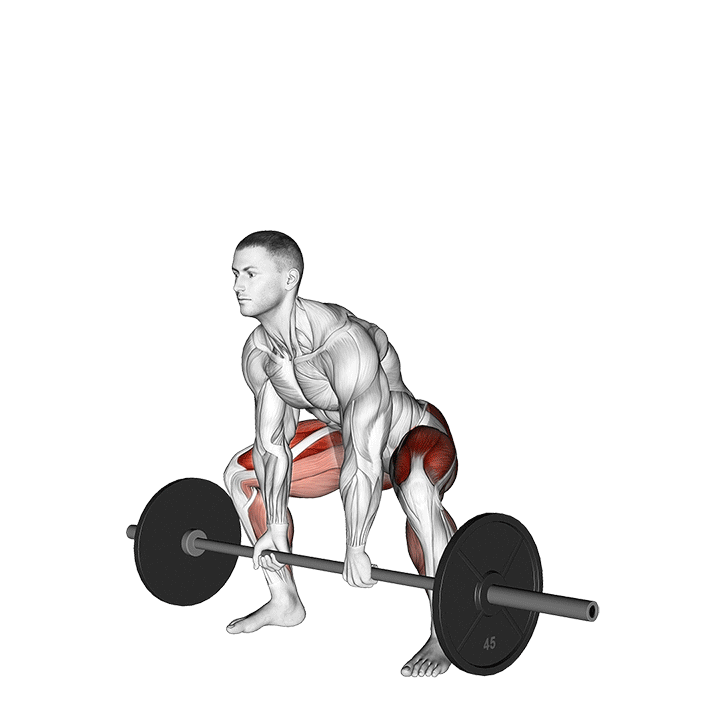
It is frequently used as a substitute or counterpart to the conventional deadlift in powerlifting or other strength-focused training programs.
Benefits as a Deadlift Variation
The main benefit of the sumo deadlift as a deadlift variation is in its capacity to place greater focus on the larger muscle groups of the legs - a factor that is brought into play by its wider stance. This shift in activation is accompanied by a greater loading capacity due to a shorter range of motion.
In addition to a shift in muscular recruitment, this wider stance seen with sumo deadlifts also reduces the risk of lower back injury, as less stress will be placed on the lower back during a disadvantageous position.
Equipment Needed to Sumo Deadlift
The sumo deadlift will require a barbell and set of weight plates, though bumper plates or a deadlift platform may help more advanced lifters in terms of comfort and adjustability.
How-to to Sumo Deadlift
To perform a repetition of the sumo deadlift, the lifter will enter the sumo stance by spreading their legs a comfortable distance (wider than hip-width) apart with the feet pointed somewhat outwards.
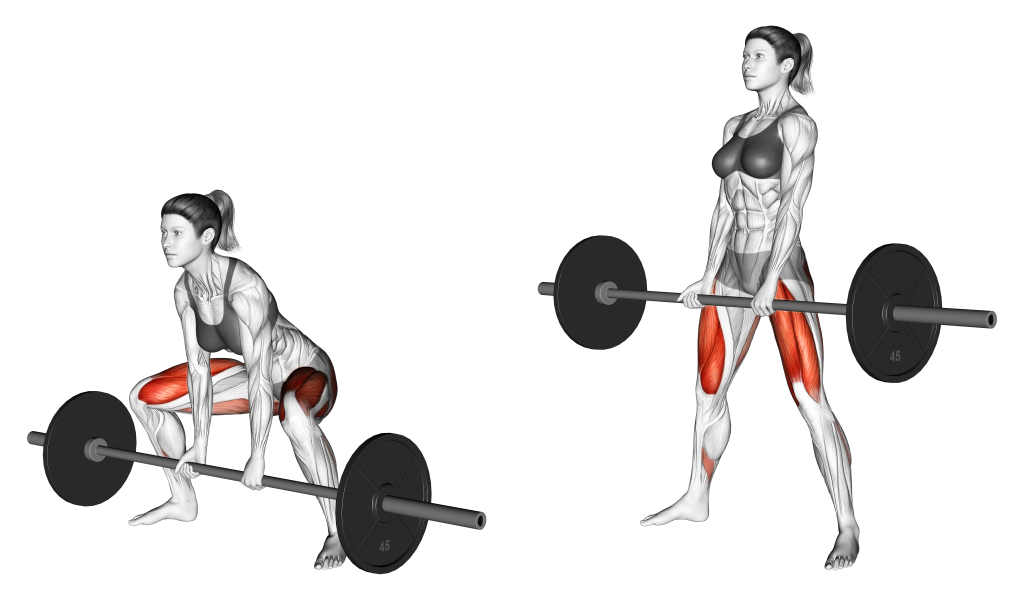
Bracing the core and ensuring that the lower back is at a neutral curvature, the lifter will then bend at the hips and knees, gripping the barbell with a pronated grip, hands approximately shoulder-width apart.
From this position, the lifter pushes through their heels as they extend the hips and knees, pulling the barbell up and drawing the chest upwards as they do so.
Once the knees and hips are in a state of full extension, the lifter will release the weight, thereby completing the repetition.
What is the Conventional Deadlift?
The conventional deadlift (or simply deadlift) is a multi-joint compound exercise of significant intensity, often performed for the purposes of building strength and power in the lower body and back.
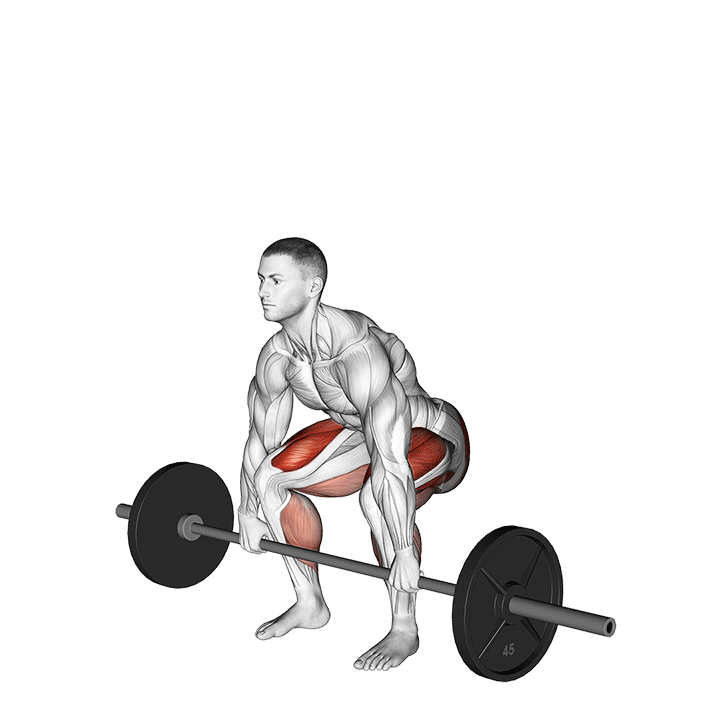
It is often considered the “default” deadlift due to its more wide-spread usage in comparison to other deadlift variations.
Benefits as a Deadlift Variation
The conventional deadlift is as simple as it gets for deadlift variations, and is arguably one of the most effective for building technical expertise and familiarity with heavy weightlifting mechanics.
Furthermore, it is particularly useful for building strength in the hamstrings and parts of the back that are more difficult to target with other forms of exercise.
Equipment Needed to Conventional Deadlift
The conventional deadlift will only require a straight barbell and set of weight plates, though more advanced lifters may wish to use bumper plates and a deadlift platform so as to produce a more comfortable movement overall.
How-to Conventional Deadlift
To perform a repetition of the conventional deadlift, the lifter will enter the starting stance by standing upright with the feet set slightly wider than hip-width apart, feet angled forwards and the barbell within several inches of the shins.
Unlike in a sumo deadlift, the conventional deadlift will require the lifter to take a more narrow stance, with the arms on the outside of the legs, rather than between them.
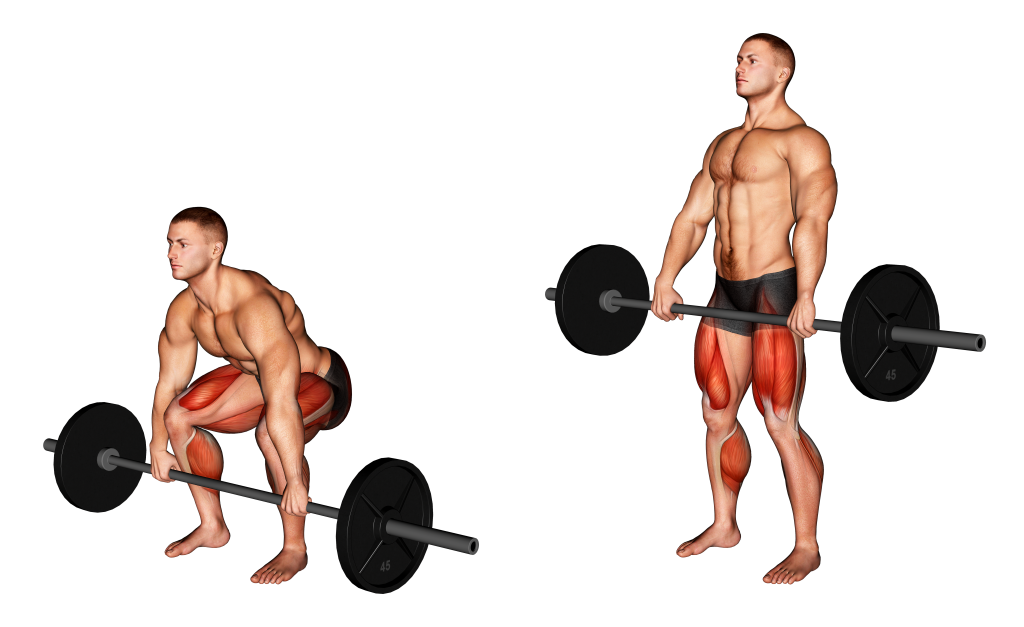
Bending at the hips and knees simultaneously, they will grip the bar in an overhand manner with the hands set shoulder-width apart as well. Bracing the core and ensuring that the spine is maintained at a neutral curvature, they can then begin the repetition.
From this position, they will then hinge at the hips and draw the chest upwards, pulling the barbell from the floor as they do so.
Once the hips and knees are at a state of full extension, the lifter will then release the weight, thereby completing the repetition.
Similarities of the Sumo Deadlift and Conventional Deadlift
Despite the differences between the sumo deadlift and conventional deadlift, they nonetheless share a few aspects that may also be present in most other deadlift variations - not counting the similarities in actual form that all deadlift exercises share.
Overall Muscular Recruitment
Both the sumo deadlift and the conventional deadlift share the same group of muscular recruitment, meaning that they will technically work the exact same muscle groups - though not in the same capacity or extent as the other.
This means that muscles like the quadriceps, glutes, hamstrings, erector spinae and trapezius will be trained regardless of which deadlift variation is used, with the only difference being to what level of intensity each muscle is worked at.
Equipment Used
Both the sumo deadlift and conventional deadlift have a relatively low barrier of entry where equipment is concerned, as both simply require a straight Olympic barbell and sufficient weight plates to load the lifter’s working weight.
While many brands and Coaches push the idea that deadlifts are unsafe without wrist straps, knee wraps, lifting belts or custom athletic footwear, this is entirely untrue, and the deadlift may be performed safely with no additional equipment so long as proper form is followed.
Maintaining Proper Intra-Abdominal Pressure and Spinal Neutrality
Unanimous among all deadlift exercises, maintaining proper intra-abdominal pressure by bracing the core is just as important as ensuring that the spinal column is in a neutral curvature throughout each repetition.
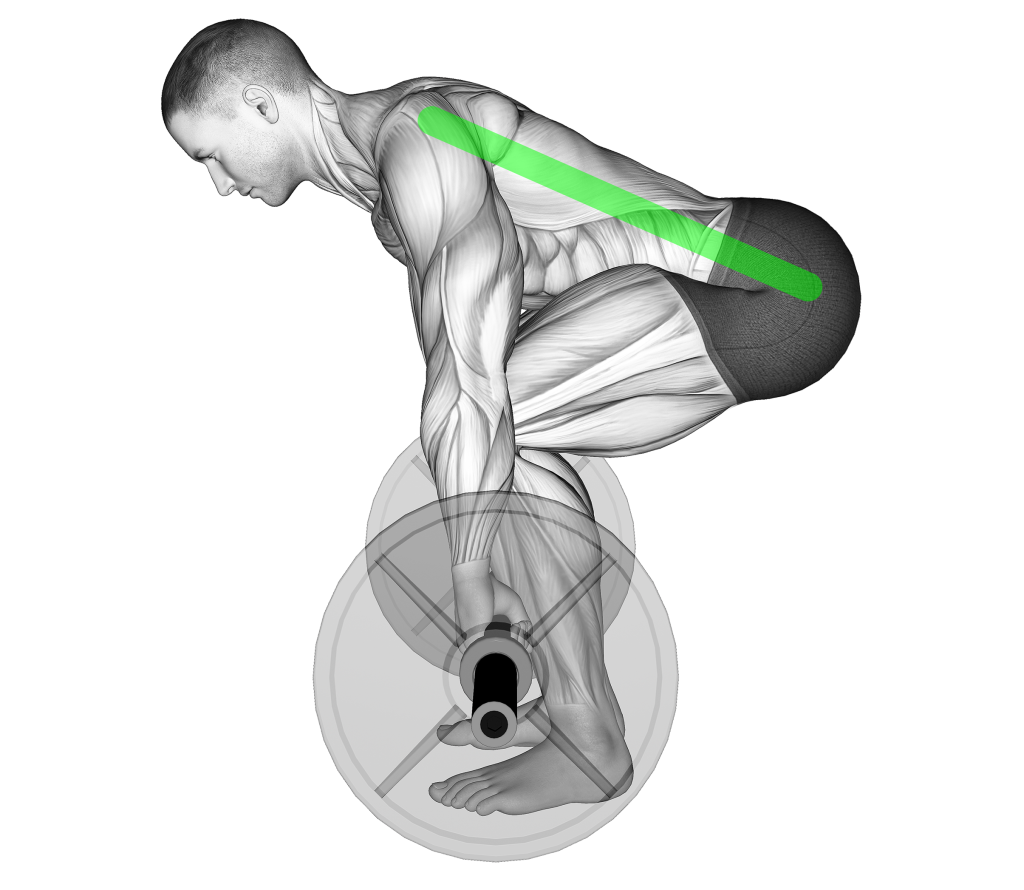
Failing to adhere to these two main principles can quickly and easily lead to serious injuries of the spine, abdomen or lower back, and should be of utmost priority when performing deadlifts of any kind.
Technique Differences of the Sumo Deadlift and the Conventional Deadlift
The most clear distinction between the sumo deadlift and the conventional deadlift lies in their individual techniques.
Obviously, the sumo deadlift involves having the arms between wide-spread legs, whereas the conventional deadlift is both narrower in stance and involves the arms on the outside - but what about other intricacies in their form?
Torso Angle Difference
Because of the wider stance and deeper initial depth of the sumo deadlift, lifters will find that it is easier to maintain an upright torso and neutral curvature of the spine - creating a more comfortable exercise at the expense of back muscle recruitment intensity.
Conversely, the conventional deadlift will require a somewhat more horizontal tilt to the upper body, thereby increasing muscular recruitment of the erector spinae, latisismus dorsi, the various muscles of the lower back and the trapezius.
Arm Extension and Shoulder Internal Rotation
Because of the more upright stance and the fact that the arms are placed between the knees, the sumo deadlift will involve a somewhat longer arm extension and greater internal rotation of the shoulders - whereas the conventional deadlift allows for a more neutral shoulder rotation and a lesser need for full arm extension.
Depth of Stance and Hip Drive
The conventional deadlift will feature a somewhat higher initial stance and comparatively lesser capacity for hip drive than the sumo deadlift, hence the difference in muscular recruitment between the two.
This equates to a longer range of motion of the conventional deadlift, as well as a more knee-dominant kinetic pattern in comparison to the sumo deadlift’s greater usage of hip drive.
Muscles Worked by the Sumo Deadlift and Conventional Deadlift
When speaking of pure muscular recruitment alone, both the sumo deadlift and conventional deadlift are considered to be practically identical. However, the difference between the two lies in the intensity with which these muscles are activated.
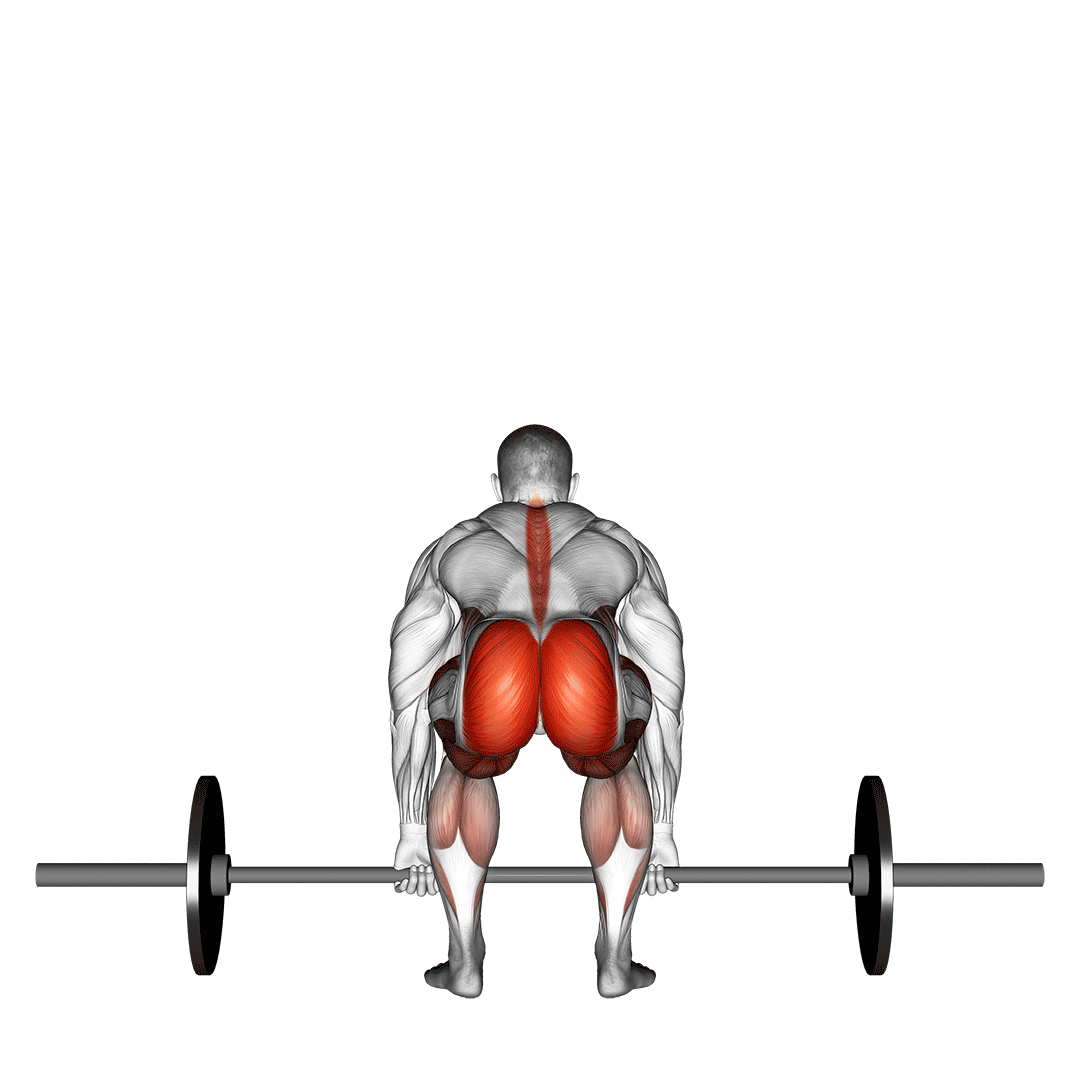
The sumo deadlift will more intensely focus on the quadriceps muscles, taking away force and subsequent training stimulus from the muscles of the hamstrings and back - whereas the conventional deadlift features the opposite pattern, placing far more load on the muscles of the posterior chain rather than the quads.
As such, for individuals with poor development in either set of muscles, it is beneficial to pick the exercise that better targets the same poorly developed muscles, thereby correcting their physiological weaknesses.
Sumo Deadlift and Conventional Deadlift for Strength and Power Development
While there is no doubt that both the sumo and conventional deadlift are completely effective exercises in nearly all aspects of weightlifting, the specificity of their benefits are another point of distinction that must be accounted for when designing a workout plan.
For Explosiveness and Power
For athletes or lifters wishing to focus more on their rate of force output and actual explosiveness, rather than simple muscular strength, it is the conventional deadlift that is arguably more effective than the sumo deadlift.
This is due to two main factors that define the conventional deadlift as a variation; the fact that it places far more stimulus on the muscles of the posterior chain (e.g. the hamstrings and glutes), as well as the fact that it is a more hip-driven exercise, making the conventional deadlift a sound explosiveness-building tool in both the physical and technical sense.
For Gross Strength and Loading Potential
On the opposite side, off-season powerlifters and exercisers that wish to focus more on improving their actual strength output (as well as condition themselves to lifting heavier loads) will find that the sumo deadlift is arguably better for their goals.
While controversial, the sumo deadlift nonetheless features a shorter range of motion, meaning that the lifter may move far more weight than they would be able to with the conventional deadlift, allowing for greater resistance per set and therefore better strength adaptations.
In addition, the sumo deadlift places a greater focus on the muscles of the quadriceps and hip flexors - two major causes of weakness in the conventional deadlift when overloaded.
Keep in mind that powerlifters must also practice with the conventional deadlift, as it is a competition lift and they will see the most benefit to their sport by practicing the same movements needed in their meets.
Injury Risk of the Sumo Deadlift and Conventional Deadlift
While neither the sumo deadlift and conventional deadlift are necessarily dangerous so long as proper form is used, they nonetheless still place a certain amount of stress on certain parts of the body, and must be taken into account when programming for novice lifters or individuals with a history of injuries.
Sumo Deadlift - Greater Back and Knee Protection
Across the board, it can be seen that the sumo deadlift is far better at distributing pressure and force throughout the body, thereby protecting the lower back and knee joints far better than the conventional deadlift.
While this is primarily a product of the sumo deadlift’s initial stance and torso angle, it is also due to the somewhat shorter repetitions, leading to less time under tension being placed on the connective tissues of the body.
Conventional Deadlift - More Natural Movement and Simpler Mechanics
Though the sumo deadlift is arguably better in terms of avoiding excessive stress on the body, the conventional deadlift may feel more natural for some lifters - both due to its relatively more simple form and because of its compatibility with a wider range of body proportions.
As such, even if the sumo deadlift produces less stress on the lower back and knees in a general sense, the conventional deadlift may in fact feature a lower risk of injury simply due to the greater capacity for proper form adherence.
In Conclusion
Tallying up the similarities and differences between the sumo deadlift and conventional deadlift, we can see that they appear to be equally useful in their own niches.
For lifters wishing to improve their quadriceps muscle recruitment or reduce the actual stress placed on their back and knees, the sumo deadlift is the better choice.
Conversely, those wishing to build the entire posterior side of their body and find the sumo deadlift uncomfortable will be better served with the conventional deadlift instead.
In the end, the best course of action is to perform both exercises and see which better fits your own unique physiology, as what may work for one athlete does not necessarily work for another.
References
1. Cholewa JM, Atalag O, Zinchenko A, Johnson K, Henselmans M. Anthropometrical Determinants of Deadlift Variant Performance. J Sports Sci Med. 2019 Aug 1;18(3):448-453. PMID: 31427866; PMCID: PMC6683626.
2. Escamilla RF, Francisco AC, Kayes AV, Speer KP, Moorman CT 3rd. An electromyographic analysis of sumo and conventional style deadlifts. Med Sci Sports Exerc. 2002 Apr;34(4):682-8. doi: 10.1097/00005768-200204000-00019. PMID: 11932579.
3. Kasovic, Jovana & Martin, Benjamin & Fahs, Christopher. (2019). Kinematic Differences Between the Front and Back Squat and Conventional and Sumo Deadlift. Journal of Strength and Conditioning Research. 33. 1. 10.1519/JSC.0000000000003377.
